All Posts
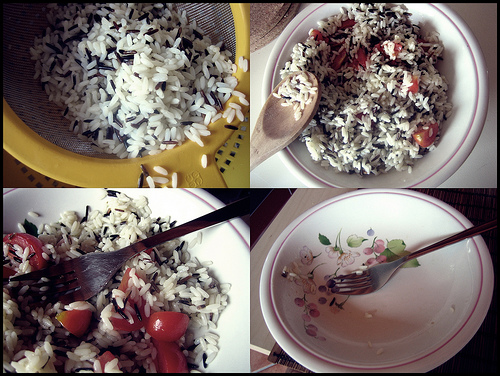
My oldest son is in the school band, and they are getting ready for their spring concert. Their fall concert was wonderful; hearing dozens of students with their specific instruments playing together creates beautiful, rich sounding music. The depth of sound from orchestral or symphonic music is unmatched. In data
Ed wants to make sure that the next generation of technology is accessible, and the best way to do that is to ensure the next generation of computer scientists understand the needs of users with disabilities. So, he and I get out of the office on a regular basis to
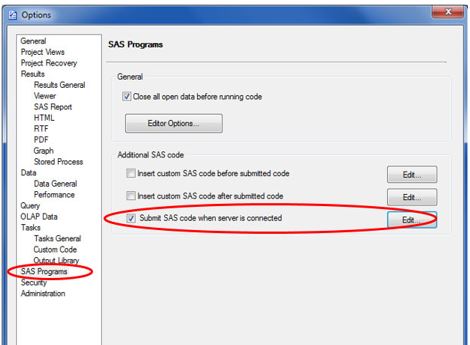
As I was preparing for a customer introduction to using SAS Enterprise Guide, I asked them to send me all the questions they had regarding the Enterprise Guide usage. It turned out that many of their questions can be answered with a single feature called an autoexec, or automatically executable
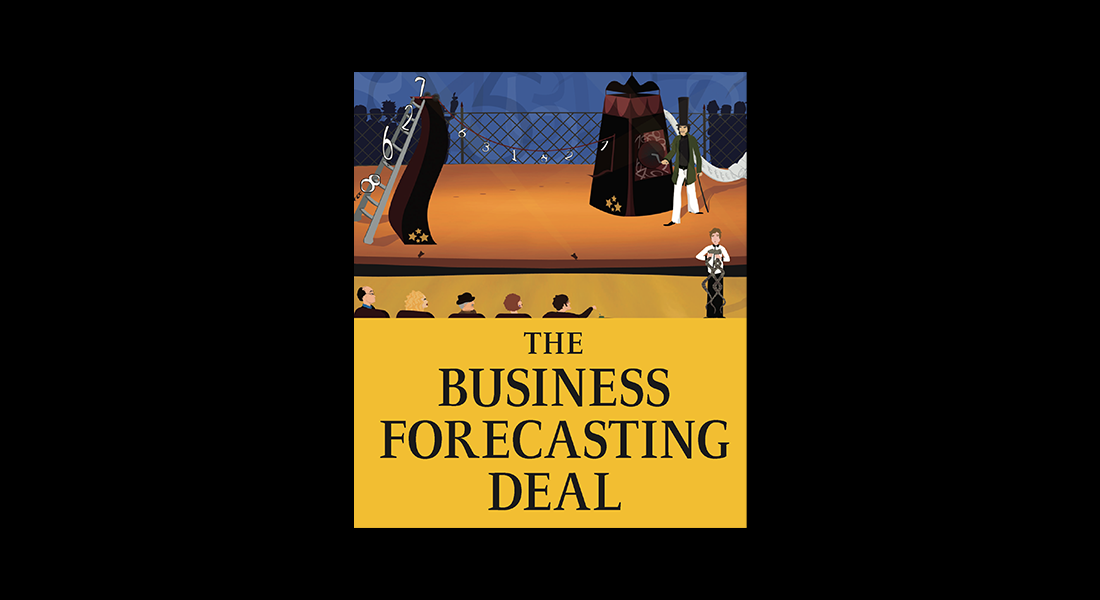
As we saw in Steve Morlidge's study of forecast quality in the supply chain (Part 1, Part 2), 52% of the forecasts in his sample were worse than a naive (random walk) forecast. This meant that over half the time, these companies would have been better off doing nothing and
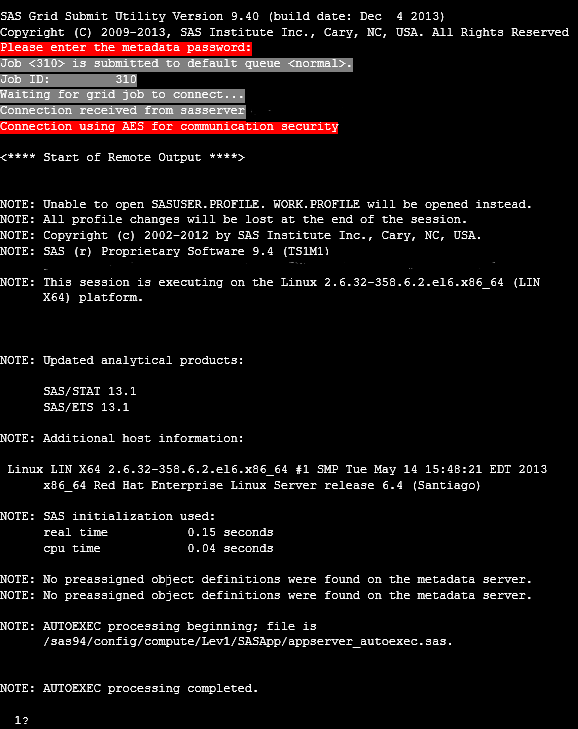
When I worked for SAS Italy, I was considered an old SAS employee because I started with SAS 8, and I saw all SAS 9 innovations from the beginning. I can even remember using SAS 6.12 a couple of times! Then I moved to the US and I felt like
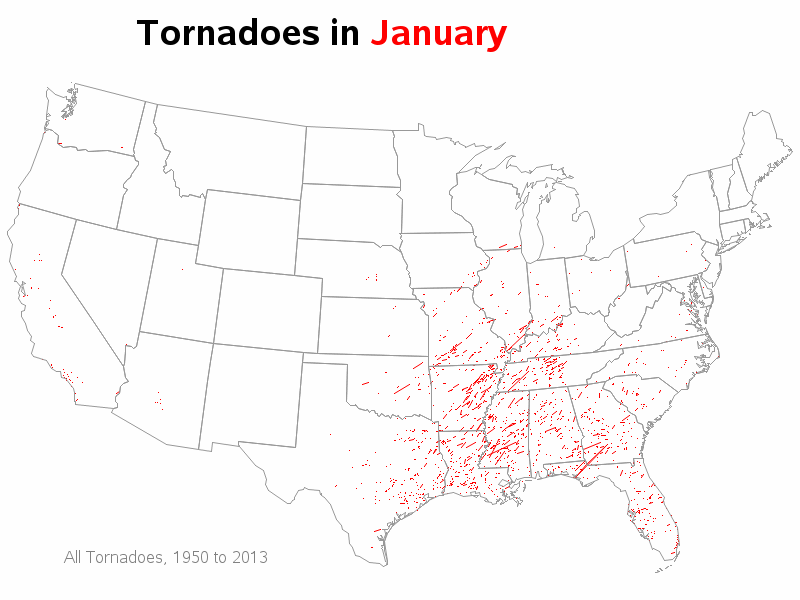
With tornadoes in the news lately, I wondered how I might could use SAS to analyze tornado data. How about animating 60 years of tornado path data? ... I was using Google to search for ways to analyze tornado data, and found an example on ustornadoes.com that animates the tornado

I led an analytical culture track at the SAS Global Forum Executive Conference last month in Washington, DC. I talked with leaders in fields as diverse as healthcare, chemical manufacturing and government. Although these organizations have very different operating models, their challenges, comments and questions were similar. They all recognized
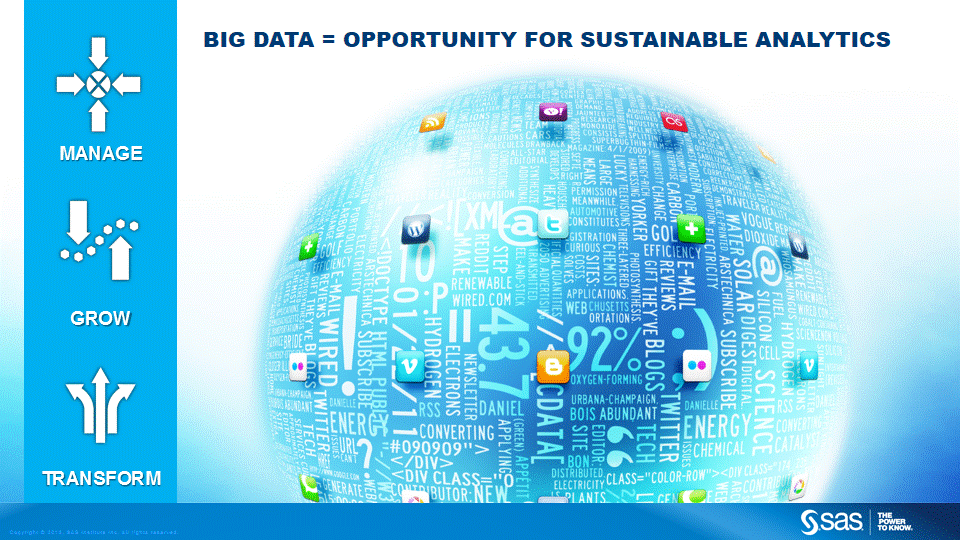
I was asked to speak recently on a topic that includes two hyped terms: Big data and sustainability. At the risk of igniting an anti-buzzword campaign, I added a third over-used term to that list: analytics. Even though individuals and companies use those three words – big data, sustainability, and

With as much as I travel, I have to confess that I’ve become a bit of a food snob. And for good reason, I might add. Two days in a Chilean hospital will make anyone stick with what they know and trust. After that experience, it was just me and
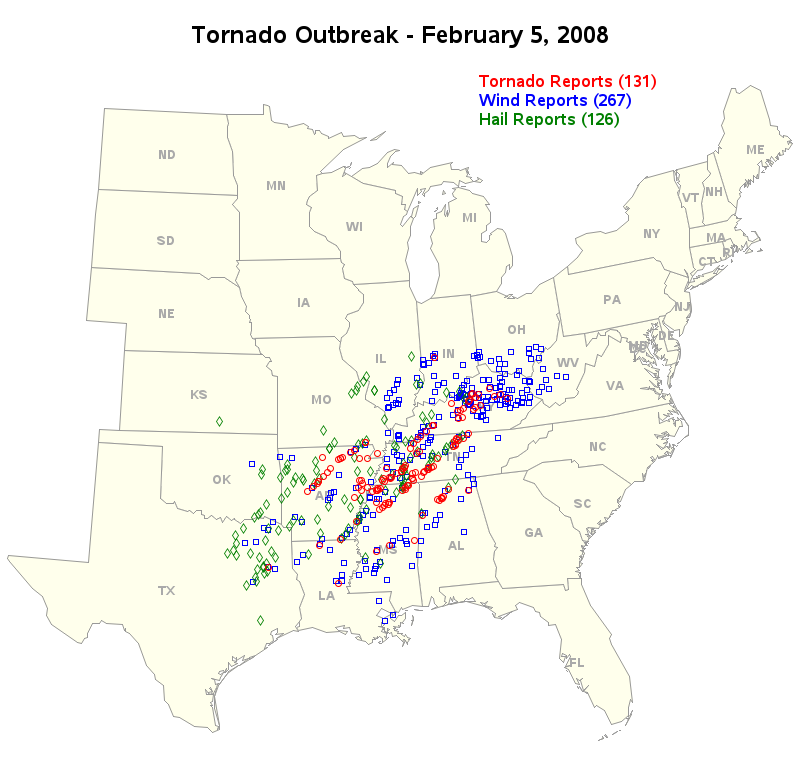
Last night, here in the U.S., an outbreak of deadly tornadoes tore across several states. Unfortunately, nobody knows how to predict a tornado with certainty, but let's brainstorm on how SAS Software can help analyze the data in the aftermath of a natural disaster like this... Being a graph guy, the first
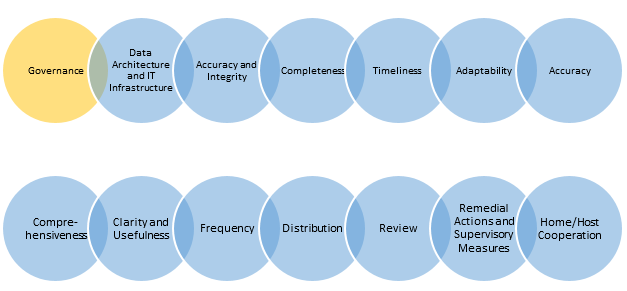
Principle 4: Completeness – A bank should be able to capture and aggregate all material risk data across the banking group. Data should be available by business line, legal entity, asset type, industry, region and other groupings, as relevant for the risk in question, that permit identifying and reporting risk
The series plot is a popular way to visualize response data over a continuous axis like date with a group variable like treatment. Here is some data I made up of a response value by date, treatment, classification and company that makes the drug. The data is simulated as shown in the attached program

What if virtual reality technology allowed you to immerse yourself in big data? That could be your future – and sooner than you think. It happened in August 2013 at the University of Washington: the first direct brain-to-brain communication, with one researcher controlling another researcher’s brain over Skype. Maybe in
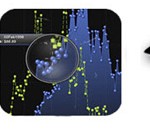
So und nichts anders: Datenanalyse zur Vorbereitung der Entscheidungsfindung ist ein Spezialistenthema. Das muss ausschließlich den Profis überlassen werden. Daten in den Händen unbedarfter Fachanwender – vielleicht noch ohne IT- und Statistikwissen – sind gefährlich. Wenn Sie auch dieser Meinung sind, dann lesen Sie bitte nicht weiter!

As we saw last time with Steve Morlidge's analysis of the M3 data, forecasts produced by experts under controlled conditions with no difficult-to-forecast series still failed to beat a naive forecast 30% of the time. So how bad could it be for real-life practitioners forecasting real-life industrial data? In two words:












